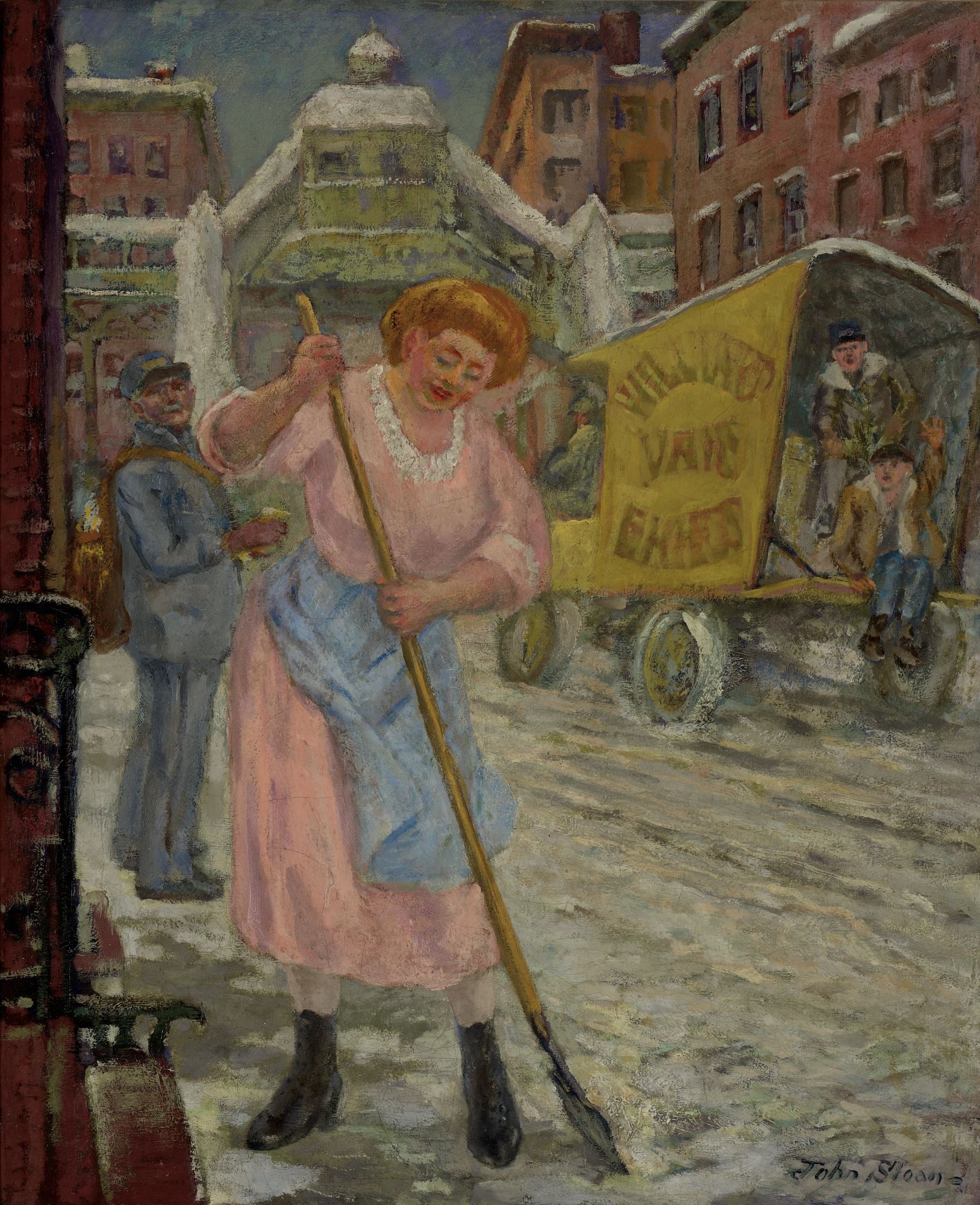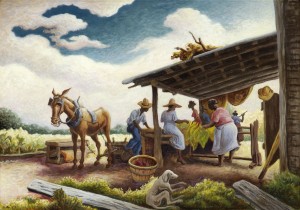Lesson Plan
Day 1
Have several students retell the classic (European) Cinderella story.
Find the lesson in the story: “How do we determine the lesson of a story? What is the author trying to teach us about being a good person, what to do and not to do? Let’s think of different stories we know: Pinocchio (lesson might be never tell a lie), Goldilocks and the Three Bears (lesson might be don’t go into anyone’s house uninvited). Can we think of other stories- and the lesson the author is trying to teach us?”
Write student responses on “T” chart (Name of book, lesson).
Pre-Assessment
Ask students draw a picture of the classic Cinderella story lesson. Have students use talking bubbles. Assessment could possibly be done during writing time, or in a center activity (template attached).
Day 2
Read the first Cinderella story, The Rough-Face Girl, by Rafe Martin.
Turn to a partner and ask, “What is the lesson from the story? How/why do you know?”
Guided Practice
Teacher models how to use lesson, using story sequence template (template attached). Students write the lesson that they think is learned in the story, as well as the story sequence (beginning, middle, and end). Students should write a minimum of 3 sentences in the beginning and end, and at least 5 sentences in the middle, and attend to writing conventions.
Day 3
Read the second Cinderella story, Yeh-Shen: A Cinderella Story from China, by Ai-Ling Louie.
Compare and contrast the two Cinderalla stories. Ask students: “We have read two different Cinderella stories. How are they the same and how are they different?” On chart, or on board, draw a Venn diagram and use input from students.
Writing
(Can be done during writing time or in centers) Students use Venn diagram (template included) to write their thoughts to compare the two stories.
Day 4
Display the Nasher images. For each artwork, ask students:
- What’s going on in this artwork?
- What do you see that makes you say that?
- What more can we find?
- Tell me about the character/characters in the painting.
- What details do you see that make you say that.
- Describe the setting in the painting.
How do these paintings connect to the Cinderella stories we read?
Day 5
Guided Practice
Discuss how to create a Cinderella story: “After reading our two Cinderella stories, I am wondering what kind of Cinderella story I could write about the woman in the light blue skirt shirt with a straw hat, in this artwork by Thomas Hart Benton. Take some time to look at the painting.”
For this image, ask students:
- What’s going on in this artwork?
- What do you see that makes you say that?
- What more can we find?
- Tell me about the character/characters in the painting.
- What details do you see that make you say that.
- Describe the setting in the painting.
“I am wondering what kind of lesson could be learned, what kind of problem and adventures she could have, and how her problem would get resolved at the end.” (Model a story with a lesson, beginning, middle and end.) “I am going to name her …(kids please help me to make up a name!). ____ was young, lived with her family in the country and worked as a child in the tobacco fields to help her family have enough money. (We can get some clues where she might live by looking at the setting in the painting- what do we see?) She had a habit of telling people exactly what she thought, no matter that it was, or who she said it to, and this got her in trouble sometimes.
“One day, her little cousin had been crying, had a very runny nose that had wet his shirt, his knees were caked with dirt and he smelled. (He looked pathetic). looked at him, pointed and laughed, “Ha, ha look at you! You look like a dead squirrel that a cat spit out because it tasted so bad!” He hung his head and dragged his feet in the dust, he disappeared in a brown cloud. Later that night, when mother was serving dinner, her mother told the family about how his puppy, whom he loved so much, was bitten by a snake and died. He tried to save it, and wash it off in the creek, but the poor puppy was gone.
“_ couldn’t eat, she remembered how she had laughed at him and how he went home so sadly. She went outside and picked some Black Eyed Susans and brought them to her cousin. He didn’t want to see her. She told him how sorry she was, and that she wouldn’t say unkind words to people anymore. Soon people noticed how kind and thoughtful she had become. A very nice man named Jake asked her to marry him and they lived happily together.
Go over lesson, beginning, middle and end. Write on sample sheet with students helping to fill in sections.
Independent Practice
Let students practice by writing on their sheets, in their own words what happened in the story and the lesson. (Template included)
Day 6
Reintroduce the three artworks of women. Ask students to silently choose one of the three people about whom they will write a Cinderella story.
Remind students to include: a lesson, beginning, middle and end to their story. They will have a rubric to help them be successful (template attached). Review rubric expectations with students.



